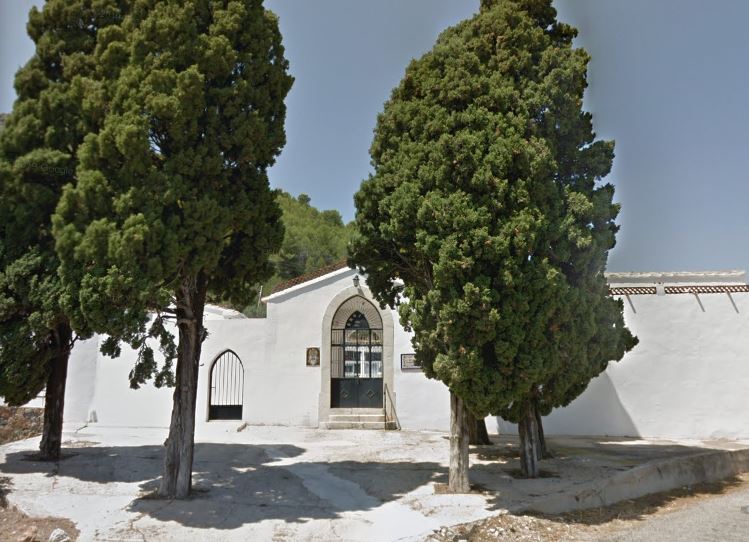Since its creation, the Parish Cemetery has been close to the town on the old Laguart road that deviates from the ‘Camí del Port’ just fifty meters from the Cross.
Of a parochial nature until the present, in this month of July it has become a ‘municipal cemetery’. It dates from the first half of the nineteenth century, since in the past the custom was to bury the faithful inside the parish church in the ‘graves’ arranged for this purpose, either in the individuals that different families had at the foot of the altars entrusted to their patronage, either in the ‘fosar comú or de les ànimes’ which was where the rest of the neighborhood was buried without a grave of its own. The remodeling of the pavement of the parish temple uncovered all of these graves.
There was, likewise, a cemetery of Moors, or ‘cristians nous’, which was found in ‘el rodat’ or curve of ‘la volta’, in the vicinity of the ‘caseta de Angelet’, profusely documented in the parish visits of times of the patriarch San Juan de Ribera, who ordered that the wall be erected and locked to avoid the celebration of Muslim rite burials with their ‘çalá’ and ceremonial, after having been simulatedly buried ‘in Christian’.
Very careful and cared for, as befits such an endearing and sacred place, it is of great simplicity with its family niches, with only two burial mounds and the one that our generation knew of Dr. Llorca, now disappeared.
Tradition says the bandit ‘Palloc’, who died at the beginning of the 20th century, in the years of the Restoration political system, is buried in its access steps, next to the Fountain by the local thug ‘Fullana’.


